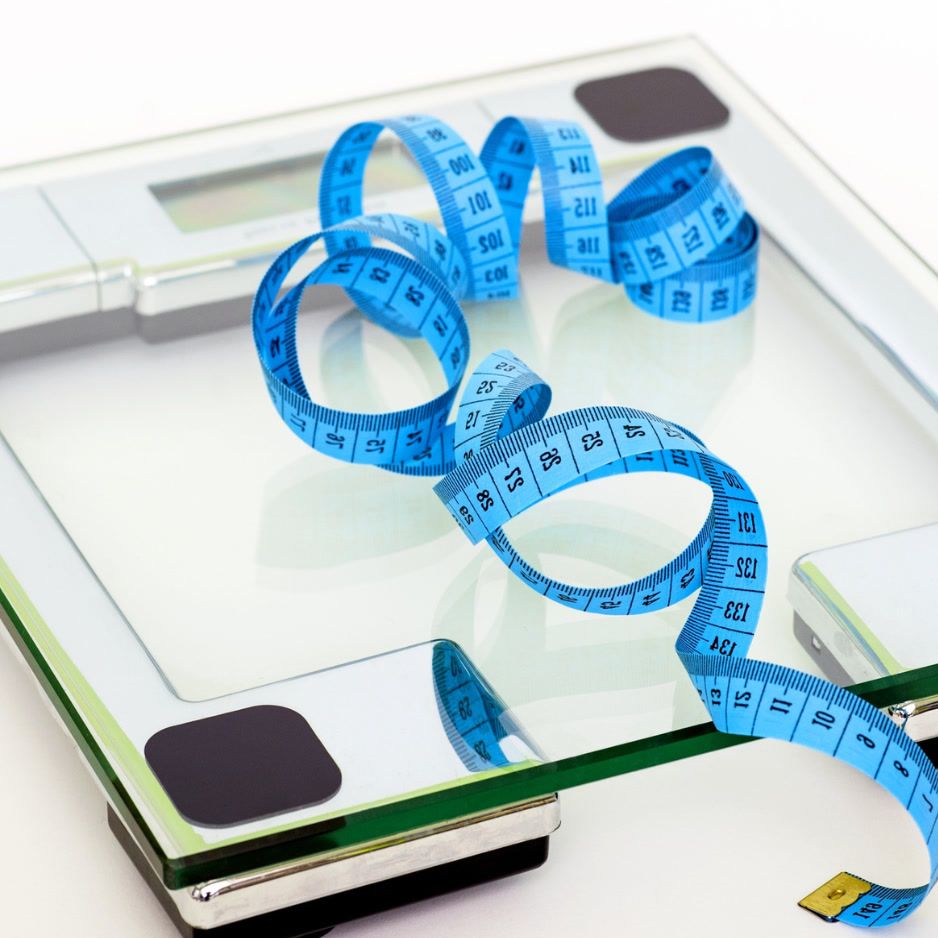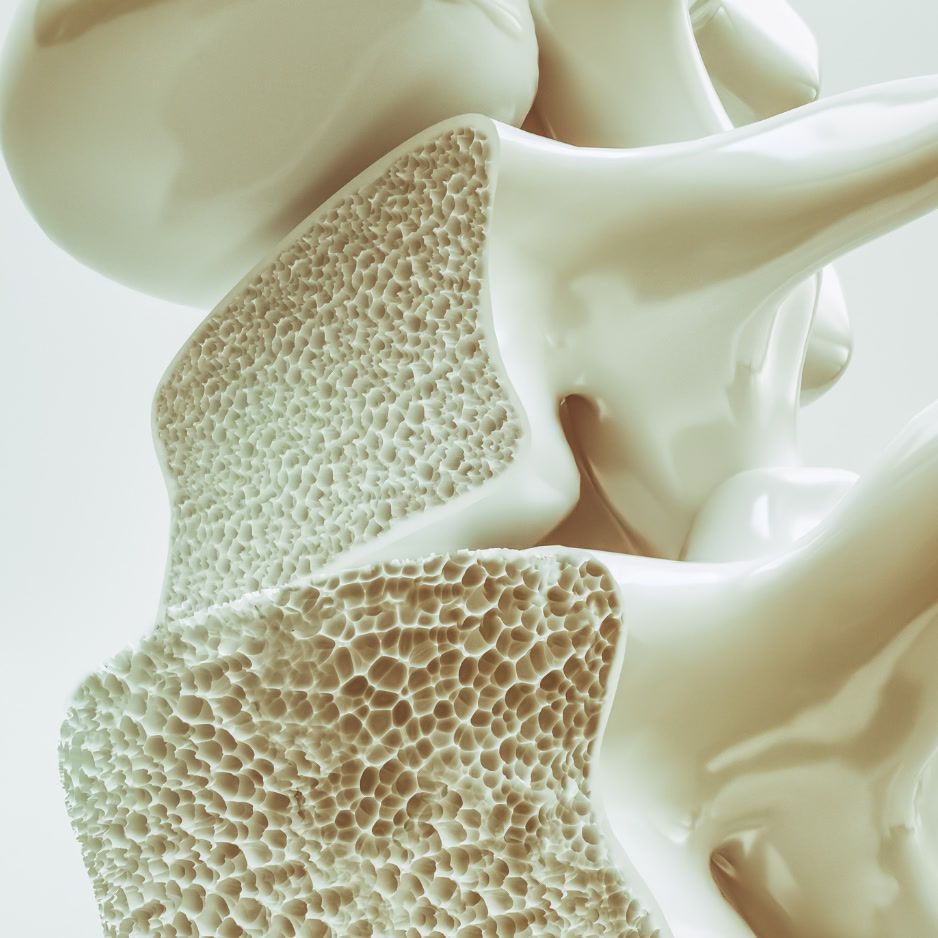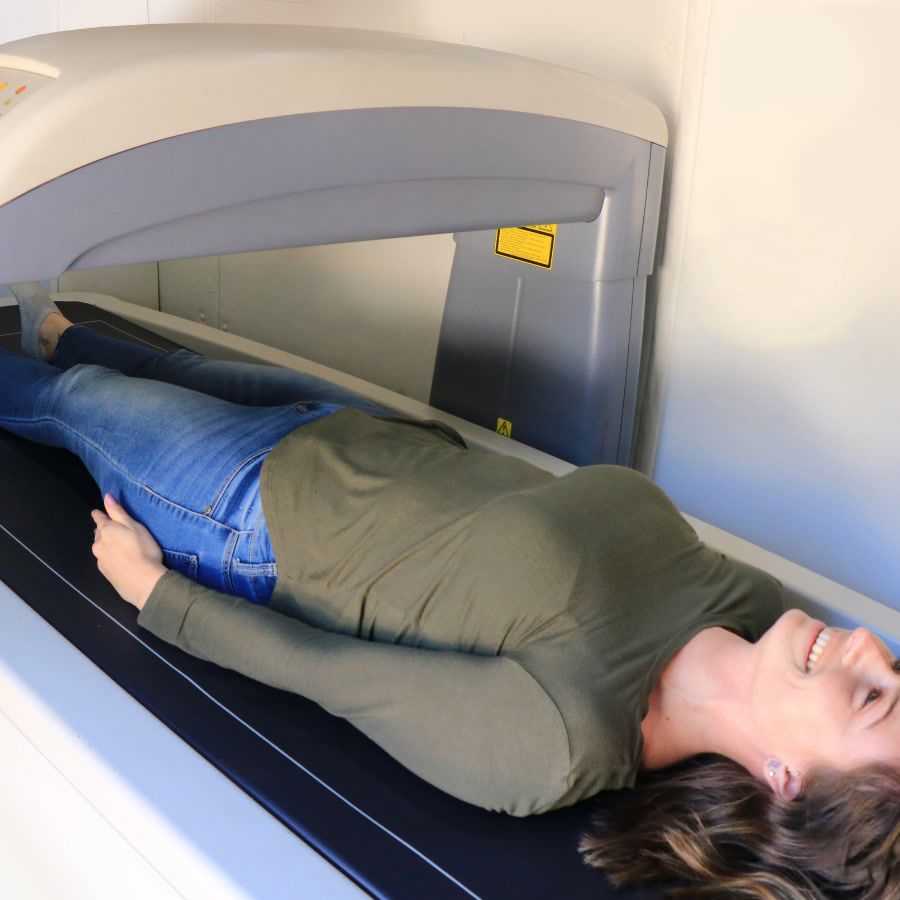Grip Strength Exercises: Beginner to Advanced Guide
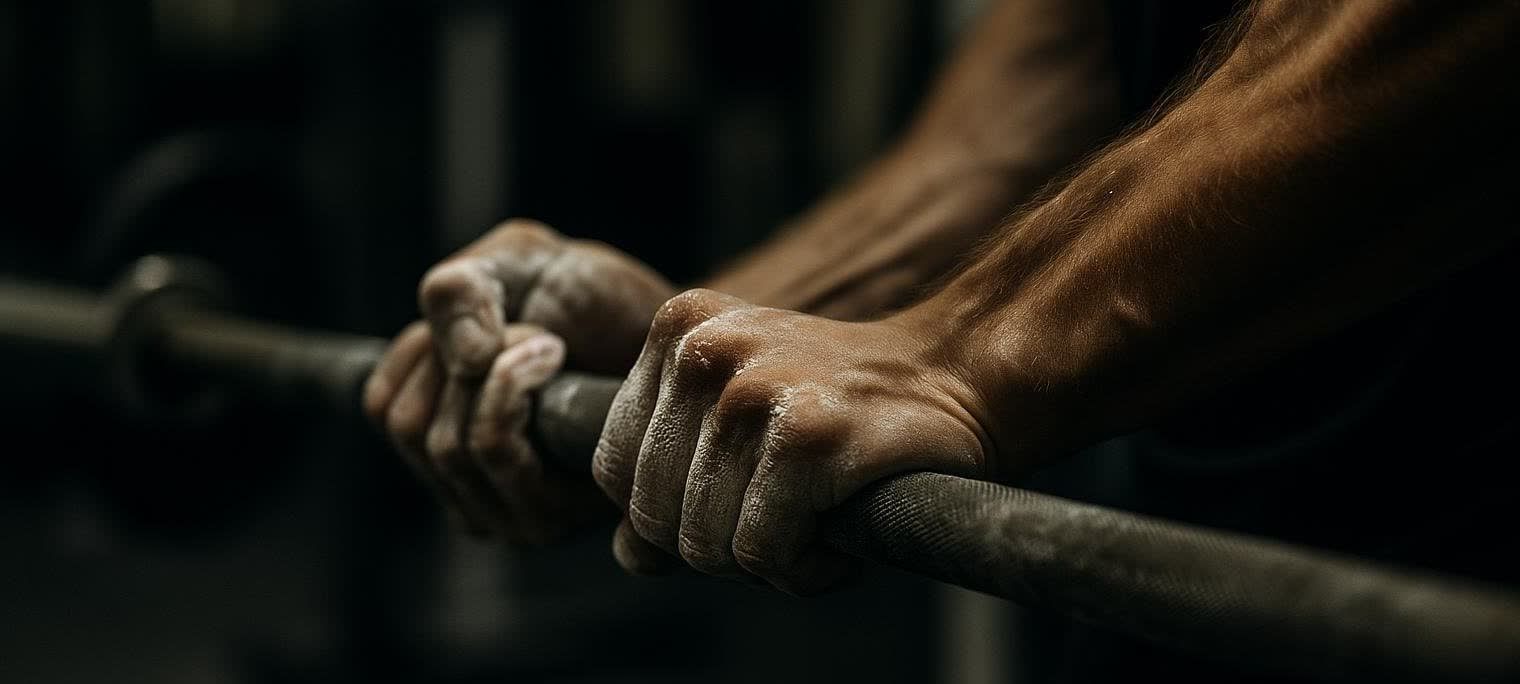
Grip Strength Exercises: Beginner to Advanced Guide
If your hands give out before your legs or lats, this guide is for you. Stronger grip means better deadlifts and pull-ups, safer carries in daily life, and a measurable health signal as you age.
This masterclass delivers step-by-step grip strength exercises for every level, smart programming for lifters, climbers, and seniors, and a simple protocol to test and track progress.
Quick Wins: The 5 Best Grip Strength Exercises
Use these staples 2–3 days per week. Start with one from each category.
- Dead Hang (Support/Crush)
- How: Grab a pull-up bar with both hands and squeeze it firmly while keeping your shoulders “down and back.” Brace your core, hang still, and build time before you add weight.
- Why: Builds time under tension in the forearm flexors and teaches shoulder positioning. As an isometric, it’s joint-friendly and easy to recover from. See variations and safety in our guide on the benefits of hanging.
- Starter target: 3 sets of 20–40 seconds.
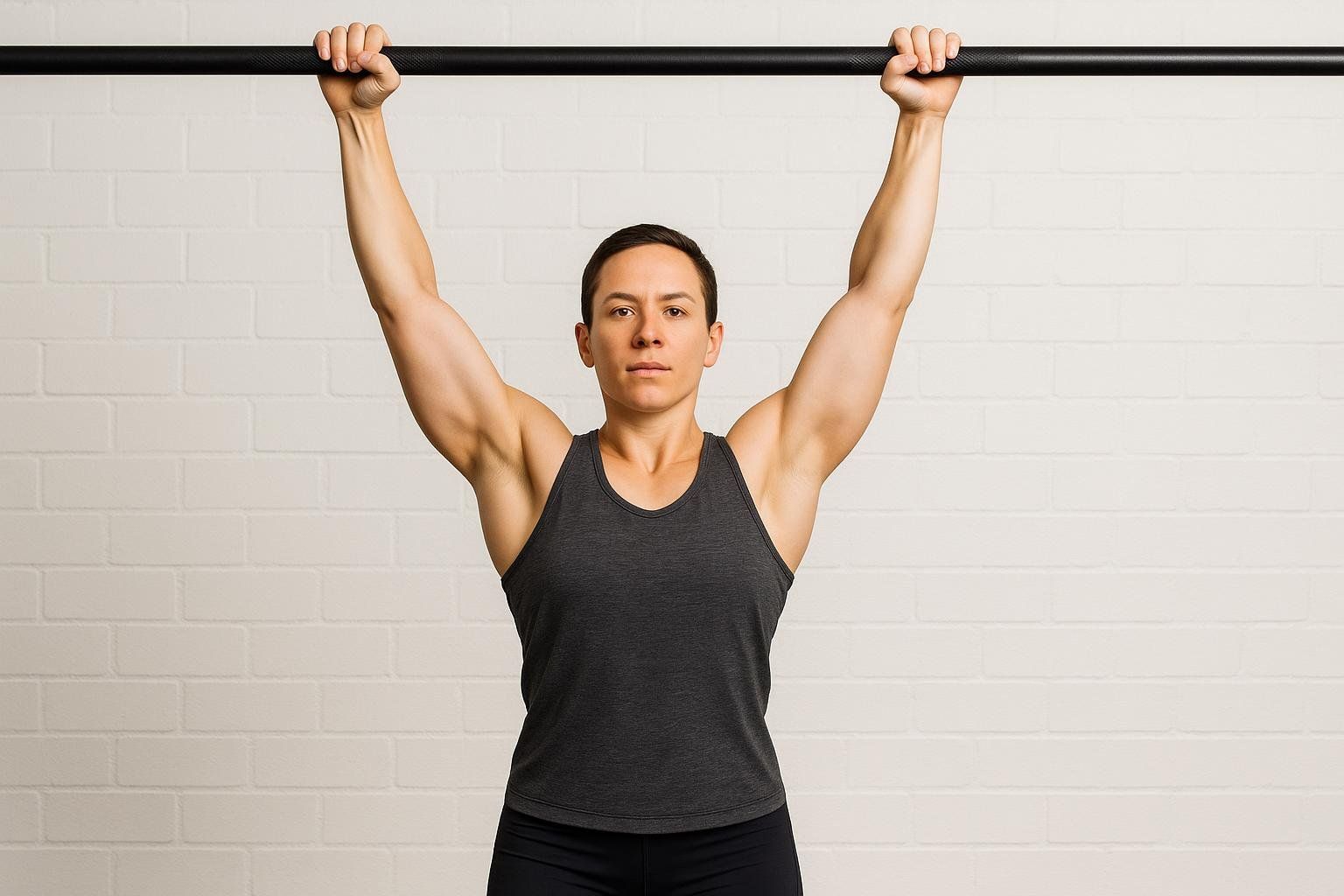
- Farmer’s Carry (Support)
- How: Pick up two heavy dumbbells, stand tall, and walk slowly with neutral wrists while avoiding shrugging.
- Why: Trains whole-hand support strength with postural stiffness—high carryover to daily life.
- Starter target: 4 x 20–30 meters.
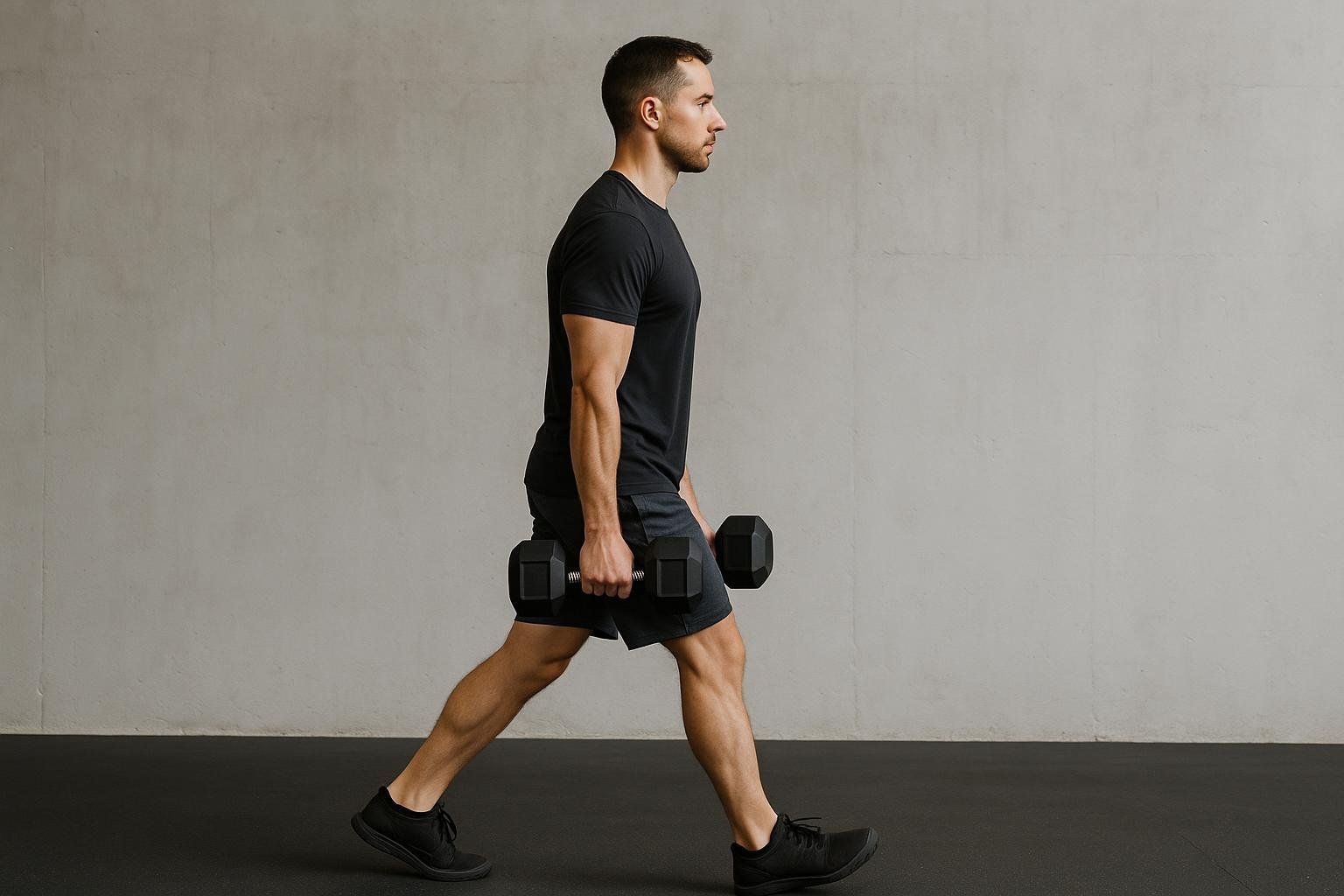
- Plate Pinch Hold (Pinch)
- How: Hold two smooth plates together (flat sides out) between your thumb and fingers, then lift and hold just off the floor.
- Why: Targets thumb/pinch strength often missed in bar work.
- Starter target: 4–6 holds x 10–20 seconds.
- Wrist Curl + Reverse Wrist Curl (Forearm Builders)
- How: Rest your forearm on a bench. Curl a dumbbell with just the wrist (palm up), then flip your forearm (palm down) and lift again for the extensors.
- Why: Balanced flexor/extensor strength improves durability and wrist control.
- Starter target: 3–4 sets of 8–12 reps each.
- Band Finger Extensions or Rice-Bucket Work (Antagonists/Endurance)
- How (Band): Open your fingers against a small loop band with speed and control.
- How (Rice Bucket): Plunge hands into a rice bucket, then open/close your hands and rotate your wrists against the resistance.
- Why: Counters flexor-dominant training and promotes tendon health.
- Starter target: 2–3 sets of 15–25 reps.
Why Grip Strength Matters (Beyond Gym PRs)
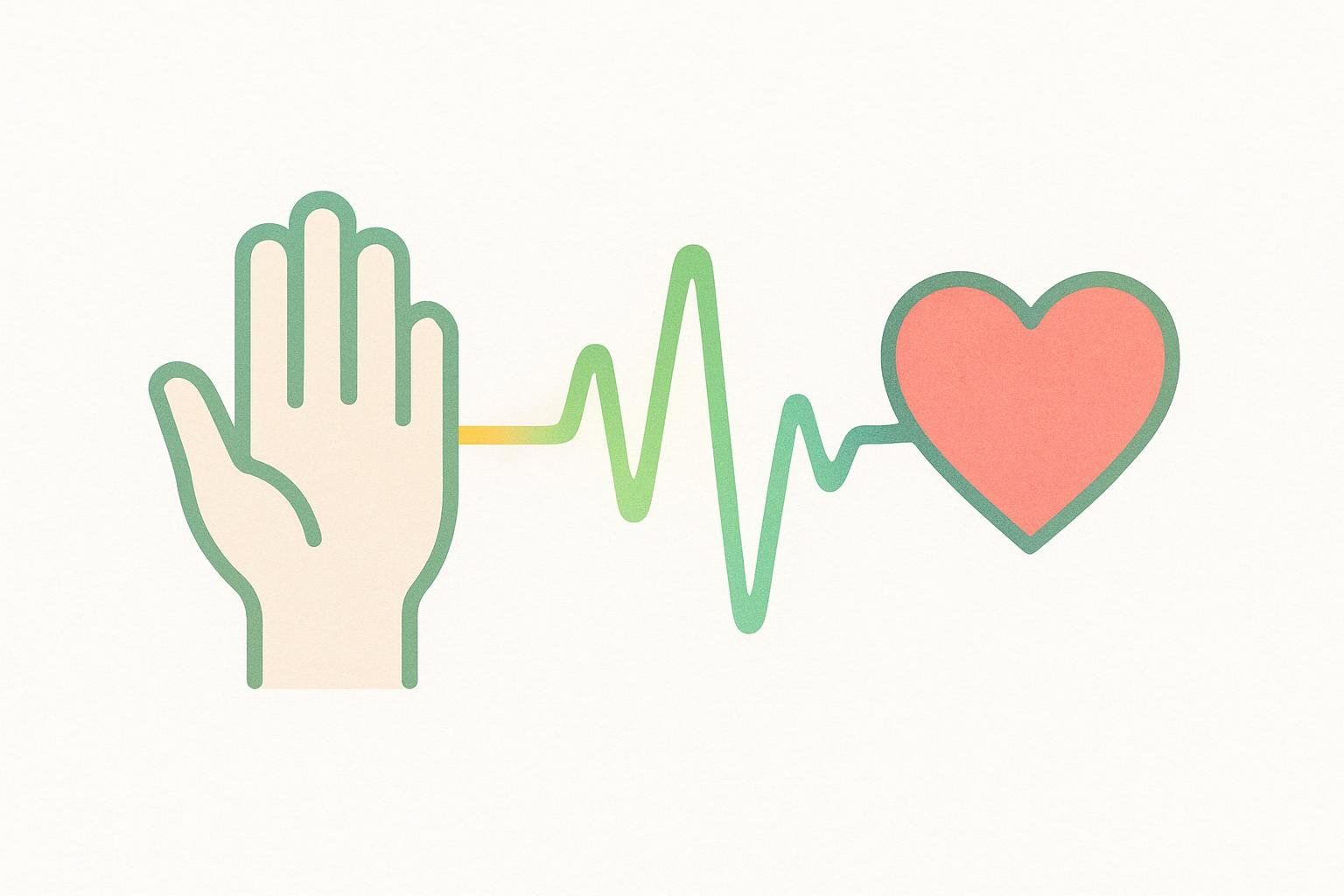
- Health marker: Low HGS correlates with higher risks of metabolic syndrome, cardiovascular disease, fracture, functional decline, and mortality across multiple cohorts and reviews, according to a narrative review.
- Performance: In climbers, intermittent hang training improved grip endurance by ~45% in 8 weeks, with meaningful transfer to climbing ability, as shown in a hangboard training trial.
How to Test Your Grip (Protocol + Benchmarks)
- Equipment: Use a handheld dynamometer (Jamar-type is the clinical standard). Different devices can produce different numbers; some portable units systematically read lower, so be consistent with your device, according to a commentary on device variability.
- Position: Use a standardized setup (see handgrip measurement protocol):
- Shoulder: neutral, relaxed
- Elbow: 90° flexion
- Forearm: neutral (thumb up)
- Wrist: neutral or slightly extended
- Procedure: Perform 2–3 maximal squeeze attempts on one hand, resting 30–60 seconds between each. Record the best score. Repeat for the other hand.
- What’s “good”?: International norms across 69 countries show absolute HGS peaks around ages 30–39 (~49.7 kg men; ~29.7 kg women) then declines with age, per a systematic review of international norms. Track your own trend over time rather than chasing a single cutoff.
Pro tip: Re-test monthly. Log the best value for each hand and your training notes.
The 3 Types of Grip You Should Train
- Crush: Closing your hand around an object (grippers, towel pull-ups).
- Support: Holding something for time (farmer’s carries, dead hangs, static holds at the top of a deadlift).
- Pinch: Thumb-versus-fingers compression (plate pinches, block/hub lifts).
A balanced plan hits all three, plus wrist flexion/extension and pronation/supination.
Warm-Up & Safety
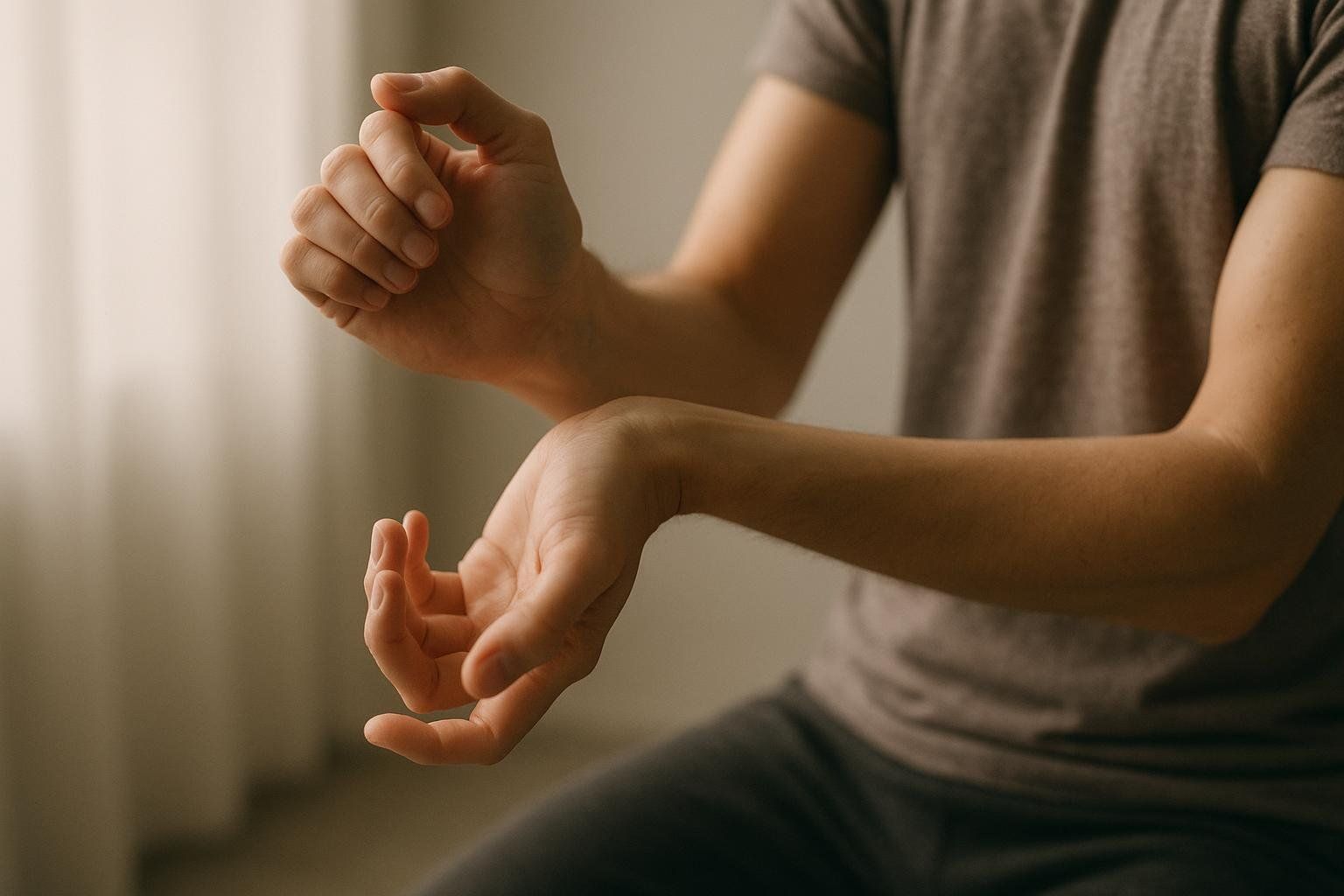
- 3–5 minutes: Light forearm flush (wrist circles, open/close fists, band pull-aparts) and shoulder activation (scapular hangs, shoulder taps).
- Progress gradually: Tendons respond best to small week-to-week increases.
- Pain rule: Sharp or focal tendon pain is a stop sign; reduce intensity or volume and address extensors.
- Tendinopathy note: While eccentric loading is often used in rehab, evidence for its effectiveness for tennis elbow is mixed. Some studies show it is not superior to other active treatments, and experts are calling for more research (randomized trial; systematic review). Work with a clinician if pain persists.
Beginner Plan (Weeks 1–4)
Goal: Build base capacity and perfect technique.
-
Day A
- Dead Hang: 3 x 20–30s
- Farmer’s Carry: 4 x 20m
- Wrist Curl + Reverse Wrist Curl: 3 x 10 each
- Band Finger Extensions: 2 x 20
-
Day B
- Plate Pinch Hold: 5 x 10–15s
- Barbell Static Hold (top of deadlift with straps off, light weight): 4 x 10–20s
- Pronation/Supination with light hammer/DB: 2 x 12 each
- Rice Bucket: 2 x 45s varied movements
-
Weekly schedule: Perform Day A and Day B on two separate, non-consecutive days (e.g., Day A on Monday, Day B on Thursday).
-
Progression: Add 5–10 seconds to holds or 2.5–5 lbs weekly as tolerated.
Intermediate Plan (Weeks 5–8)
Goal: Add load and specificity.
-
Day A (Support/Crush focus)
- Weighted Dead Hang (dip belt or backpack): 4 x 15–30s
- Heavy Farmer’s Carry: 5 x 20–30m
- Grippers (RPE 7–8): 3 x 5 closes/hand
- Reverse Wrist Curl: 3 x 12–15
-
Day B (Pinch + endurance)
- Plate Pinch Carry: 4 x 15–25m
- Towel Pull-Up or Flexed-Arm Hang: 3 x max time/reps
- Wrist Roller (both directions): 2 rounds
- Band Finger Extensions: 3 x 20–25
-
Weekly schedule: Alternate Day A and Day B on 2–3 non-consecutive days.
-
Deload: Every 4th week, reduce sets/holds by ~30%.
Advanced Tracks by Goal
Pick the track that matches your sport or needs for 6–8 weeks.
-
Powerlifter/General Strength (Support Dominant)
- Barbell Static Hold above knees (rack pull position): 5 x 10–20s
- Farmer’s Carry (very heavy): 6 x 15–20m
- Thick-Handle Holds (Fat Gripz/axle): 4 x 10–20s
- Plate Pinch Hold: 6 x 10–20s
-
Climber/Obstacle Athlete (Endurance + Pinch)
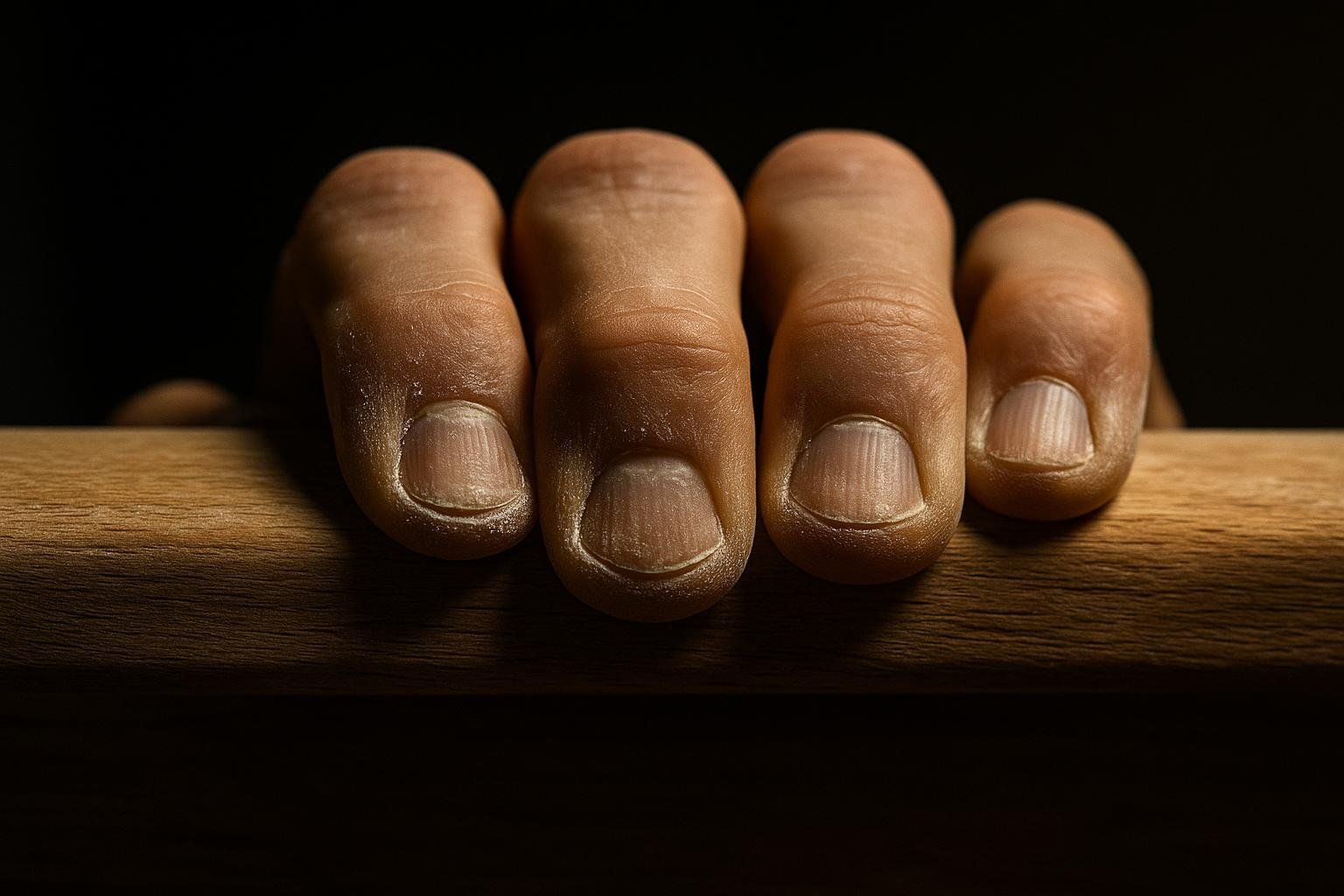
-
Intermittent Hang Protocol (e.g., 7s on/3s off x 6–8 reps) on a comfortable edge; 3–4 rounds, as supported by a hangboard trial
- Max Hang Progression (10–15s holds) on larger edge; 4–6 sets
- Pinch Block Lifts or Plate Pinch Carries: 5–6 sets of 10–20m or 10–20s holds
- Extensor work: 3 x 25 band opens
-
Active Senior/Arthritis-Friendly (Low Impact)
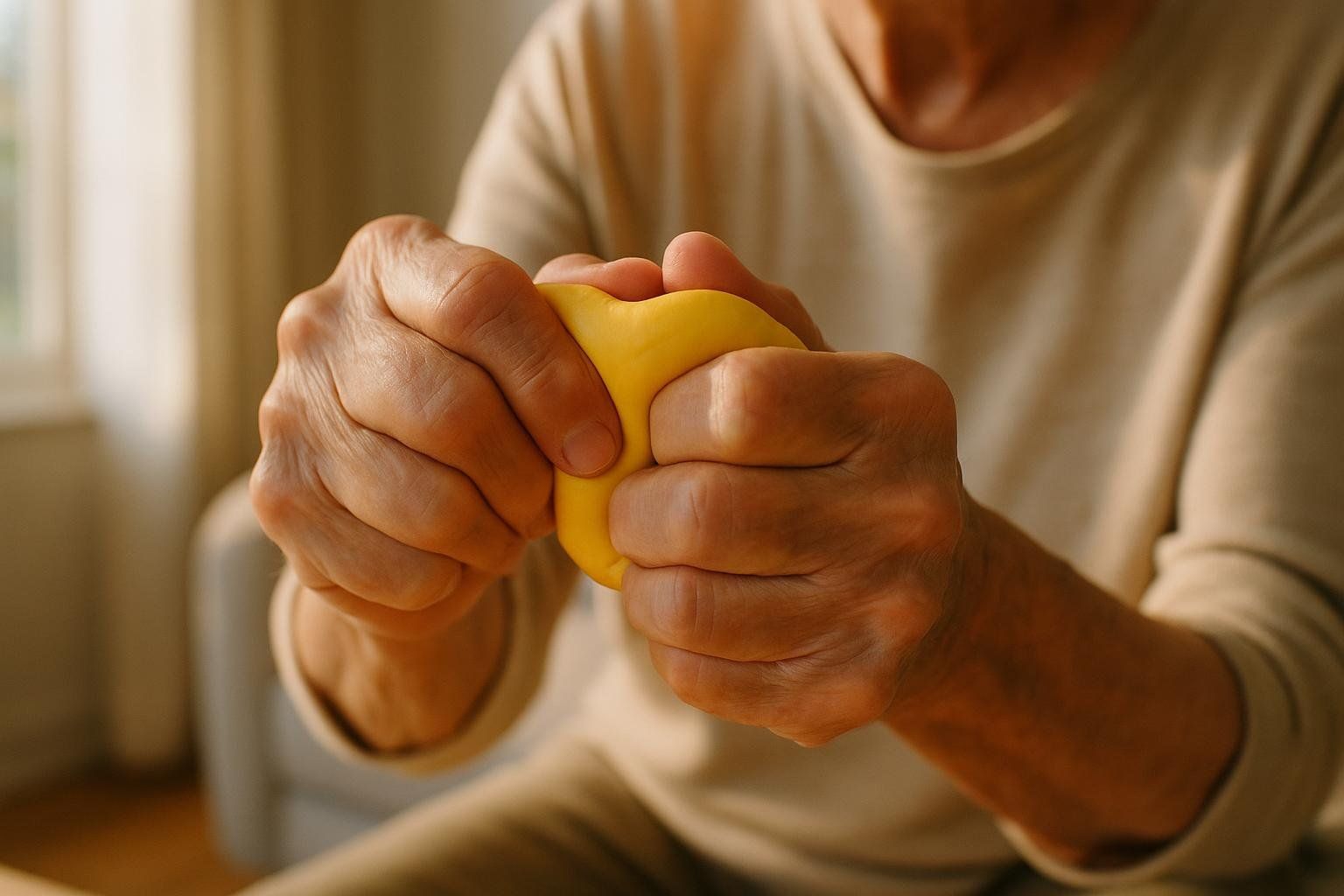
- Towel Squeeze (soft towel): 3 x 20 squeezes/hand
- Isometric Carry (light object holds): 4 x 20–40s
- Putty or Rice-Bucket Routine: 2–3 x 45–60s
- Gentle Wrist Flexor/Extensor Stretching: 2 x 20–30s each
- Note: Favor isometrics and light, frequent sessions. Learn more about the benefits of isometric exercises for strength.
Equipment: What to Use (and Why)
| Tool | Trains | Best For | Difficulty |
|---|---|---|---|
| Pull-up bar | Support/crush endurance (hangs) | Universal foundation, shoulder positioning | Beginner → Advanced |
| Dumbbells/farmer’s handles | Support strength (carries, holds) | Powerlifters, athletes, daily-life transfer | Beginner → Advanced |
| Plates (pinch) | Pinch + thumb strength | Climbers, obstacle athletes, thumb lagging | Beginner → Advanced |
| Grippers | Crush strength | Power/sport specificity | Intermediate → Advanced |
| Thick handles/axle | Support on larger diameter | Breaking plateaus, carryover to bars | Intermediate → Advanced |
| Rice bucket/putty | Endurance/rehab/antagonists | Seniors, high frequency, tendon care | Beginner |
Programming Rules That Protect Your Elbows
- Alternate stress: Pair crush/support days with extensor and mobility work.
- Volume ceilings: Cap total hard holds at 6–10 minutes per session initially.
- Micro-progression: +5–10 seconds per hold or +2.5–5 lb weekly; not both at once.
- Pain management: If lateral elbow pain appears, reduce pinch/crush, add extensor work, and see the guidance in Warm-Up & Safety.
Track Your Gains (and Health) Like a Pro
- Monthly HGS test: Same device, same setup, both hands; log best values.
- Body composition tracking: DEXA scans quantify lean mass and regional changes with high precision—useful if you’re building forearms while managing overall body fat. Start with our body composition scan guide.
- Training log: Record holds, loads, times, RPE, and any elbow/wrist niggles.
FAQ
- How often should I do grip strength exercises? 2–3 focused sessions per week is plenty. Sprinkle light hangs or rice-bucket work on non-training days.
- What’s a good grip strength number? Use international percentiles to frame expectations—HGS peaks ~30–39 years and declines thereafter; track your own bests over time, guided by international norms.
- Are hangs safe for shoulders? Generally yes when performed with active shoulders, neutral ribs, and gradual progression. See safety notes and variations in our hanging guide.
- I have elbow pain—what now? Pull back volume and intensity, emphasize extensors, and seek individualized rehab. See the Tendinopathy note in Warm-Up & Safety.
- Will grip training raise blood pressure? Hard Valsalva breath-holds can transiently spike it. Use steady breathing during isometric holds and consider lower-intensity options if you manage hypertension. See our guide to isometric exercises.
Keep Going
- Build forearm size and endurance with our 8-week forearm plan.
- Improve shoulder resilience with these shoulder stability exercises.
- See whether a scan fits your goals: Are DEXA scans worth it?.
Strong hands change everything—from barbells to groceries to healthy aging. Start small, stay consistent, and watch your numbers climb.
